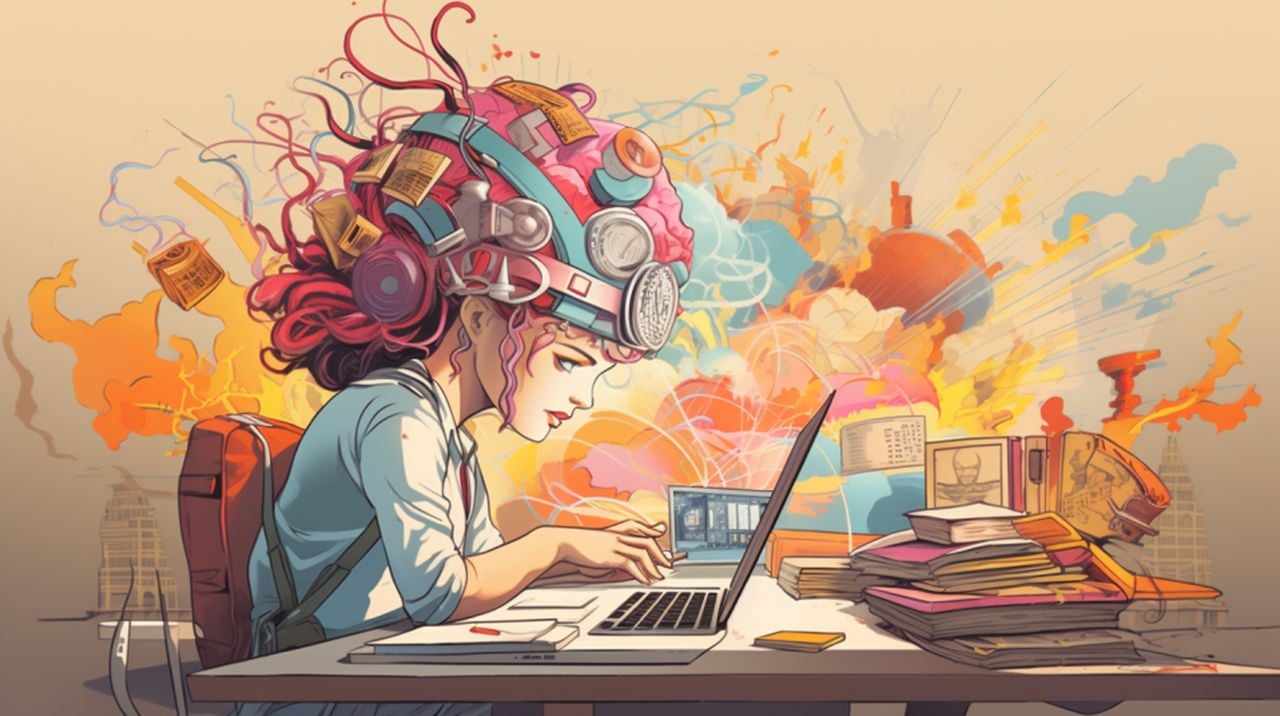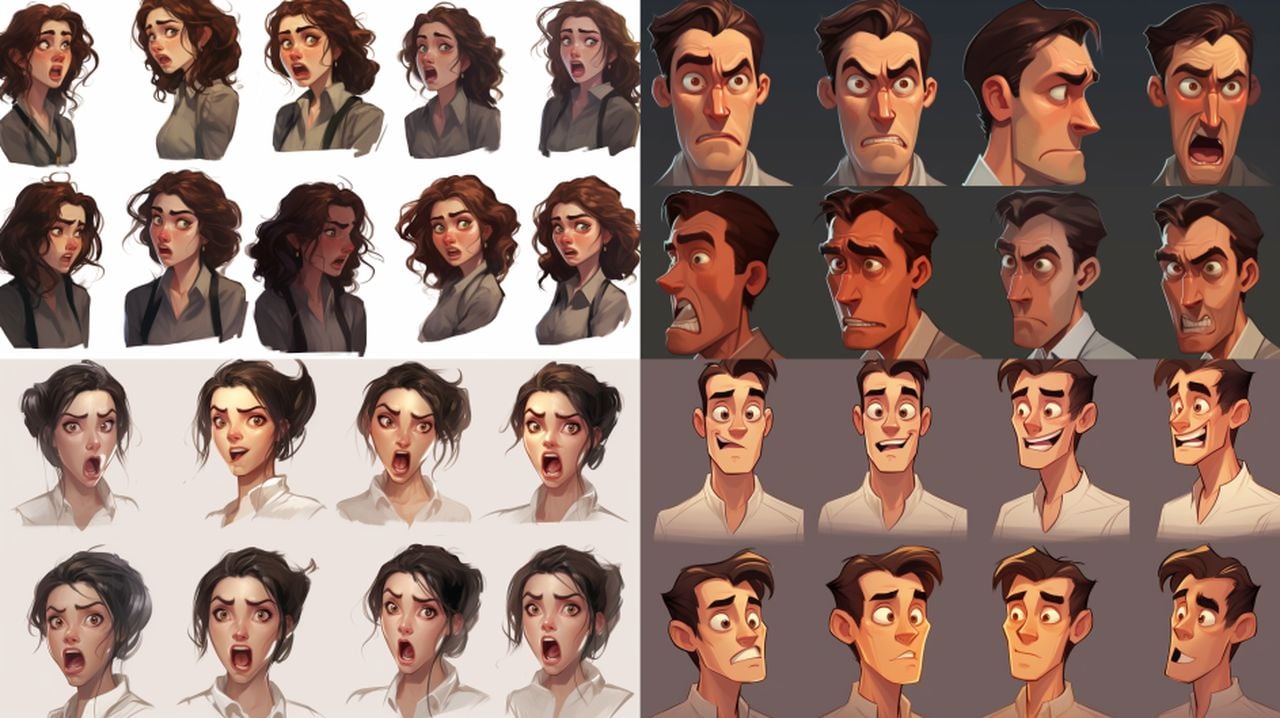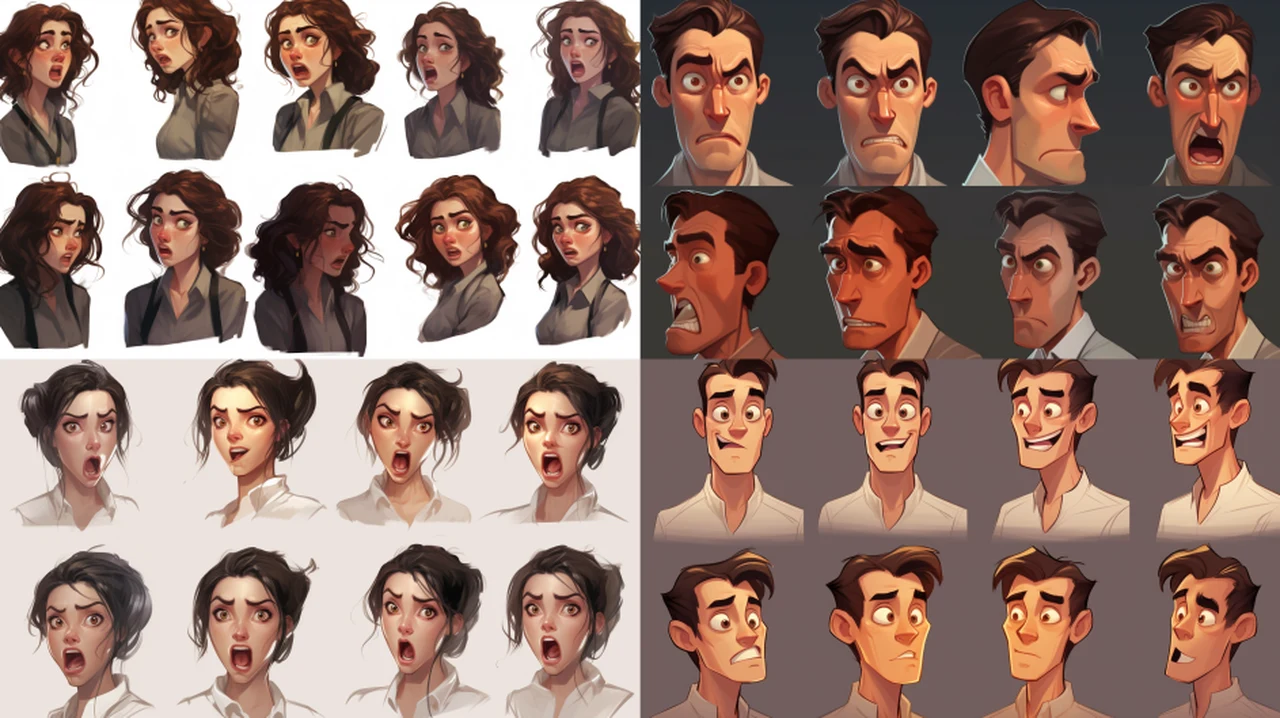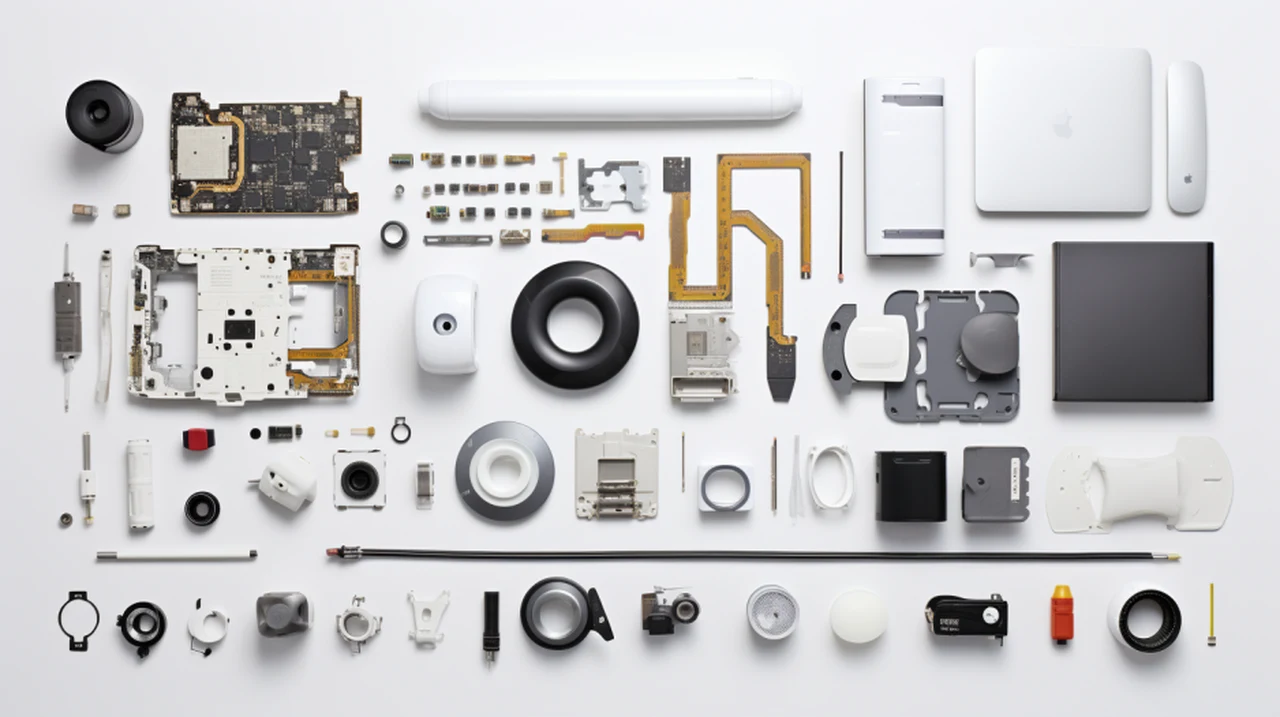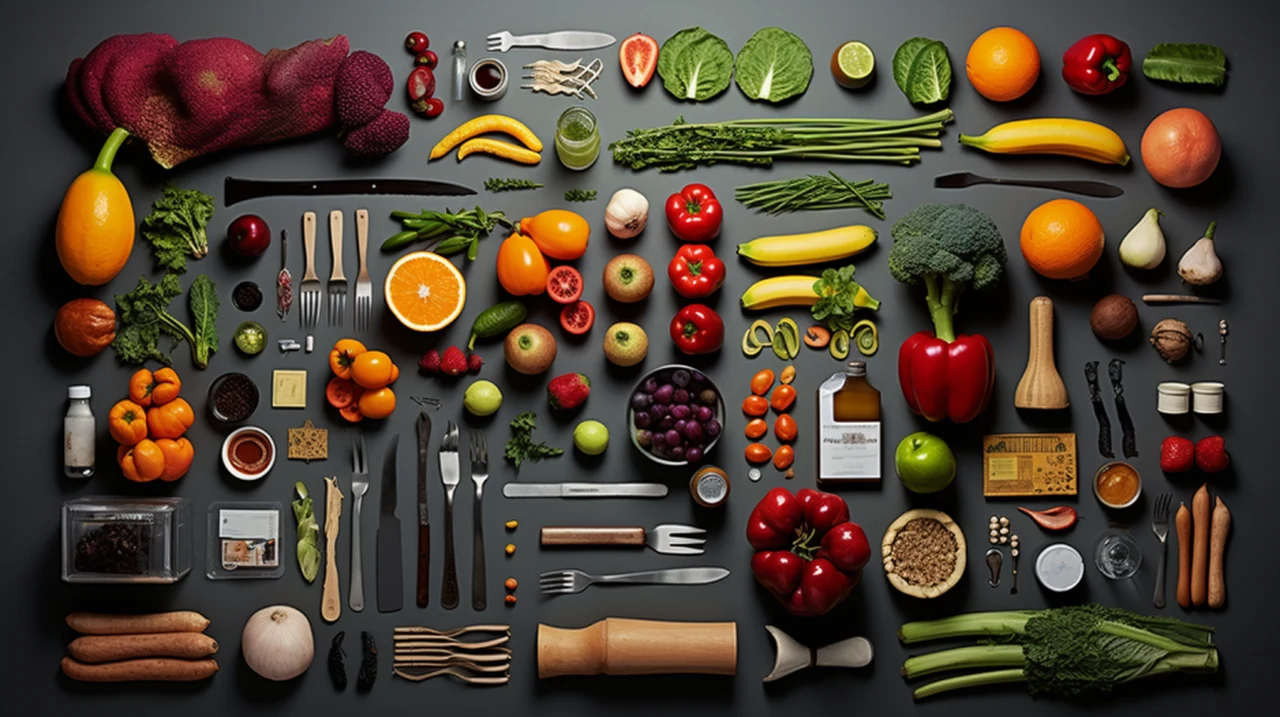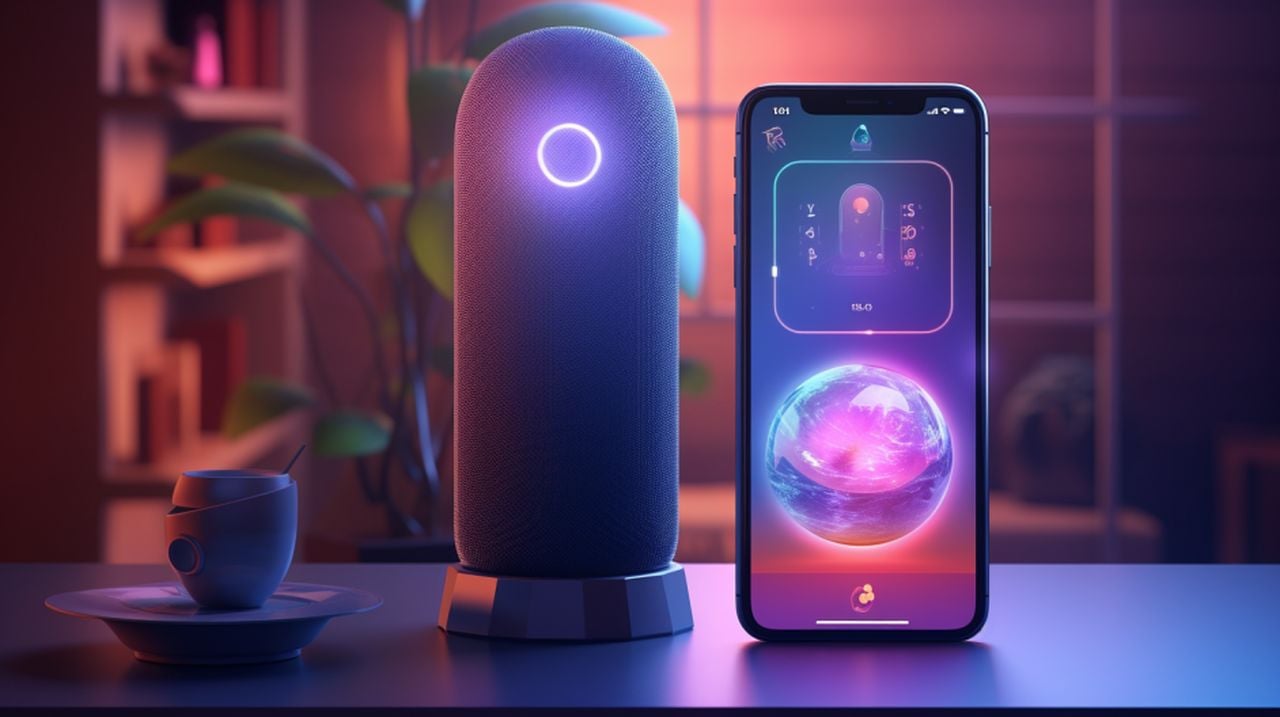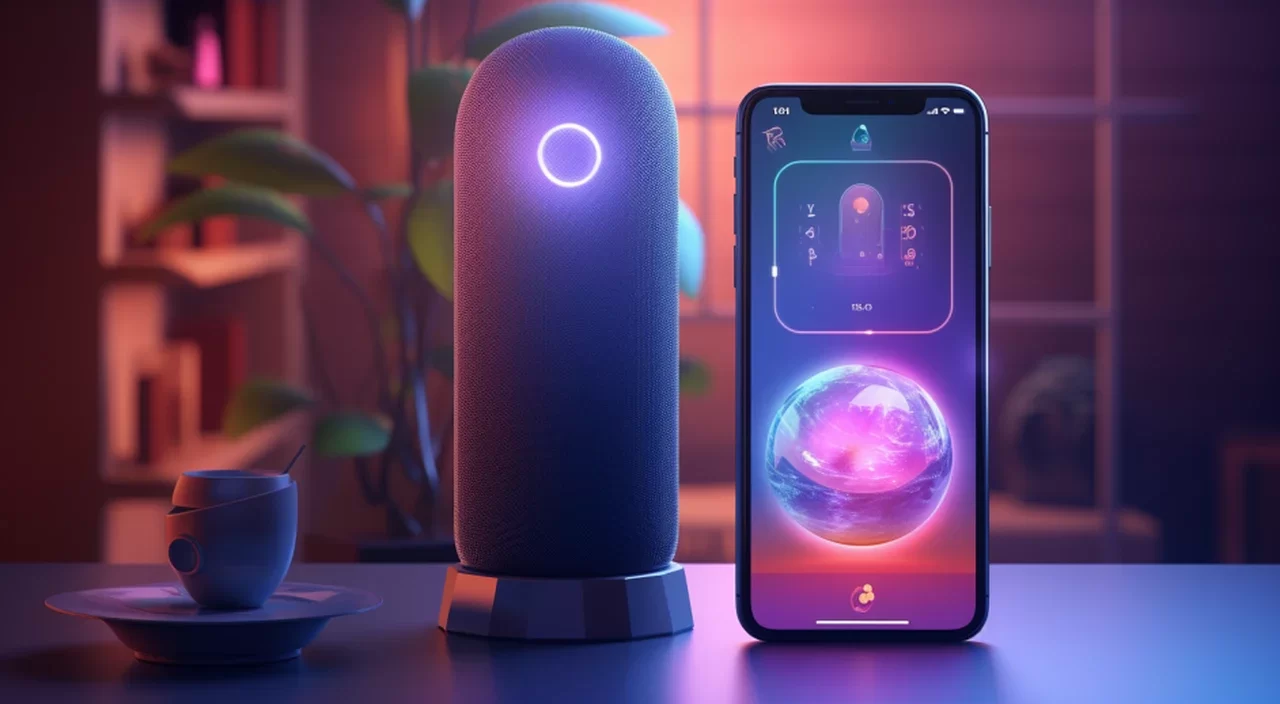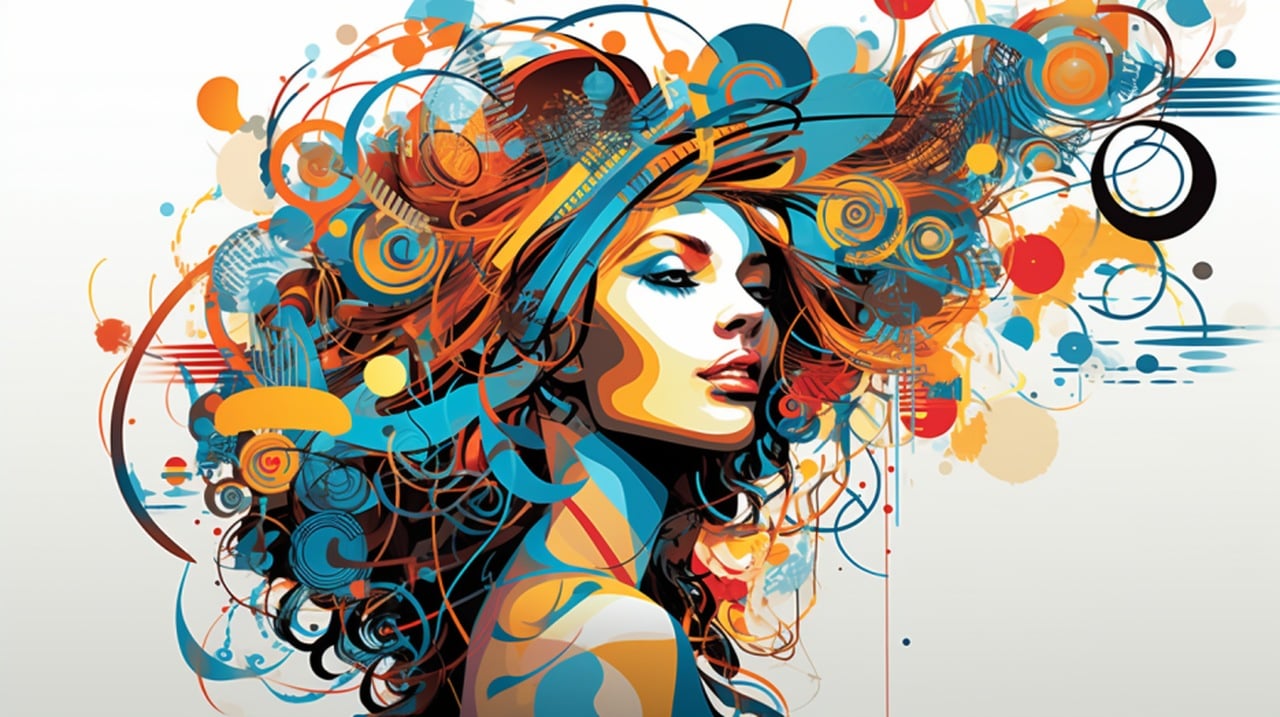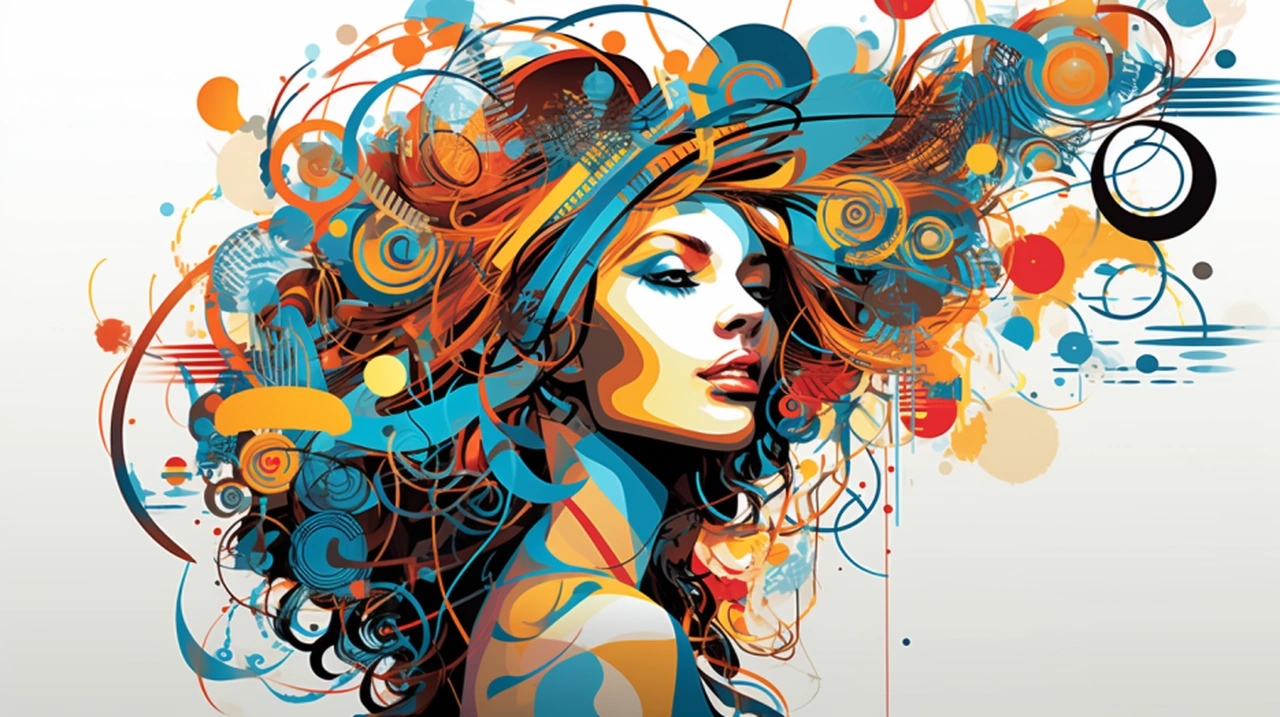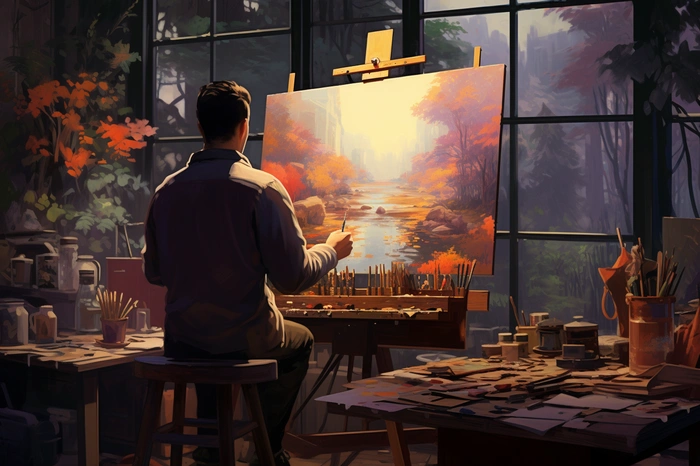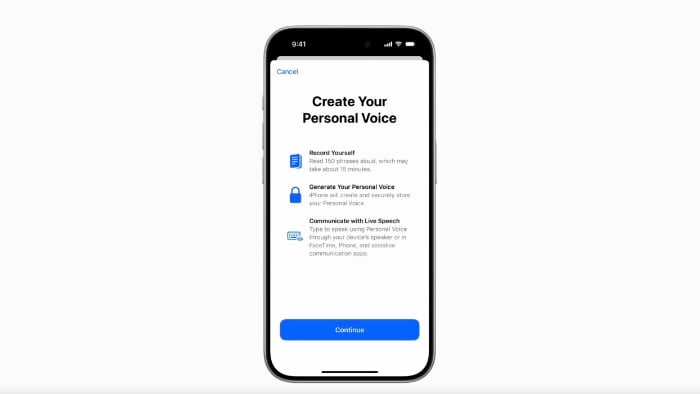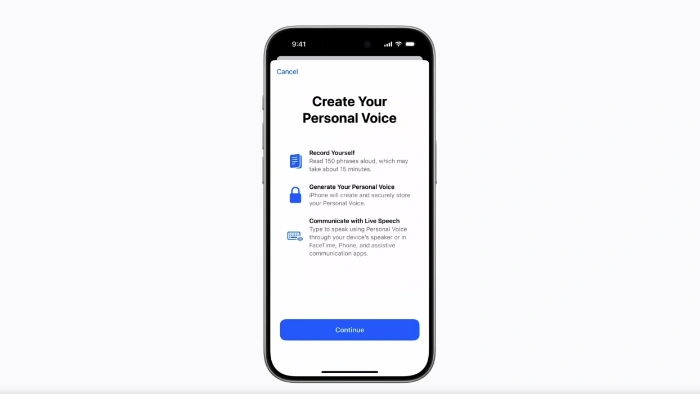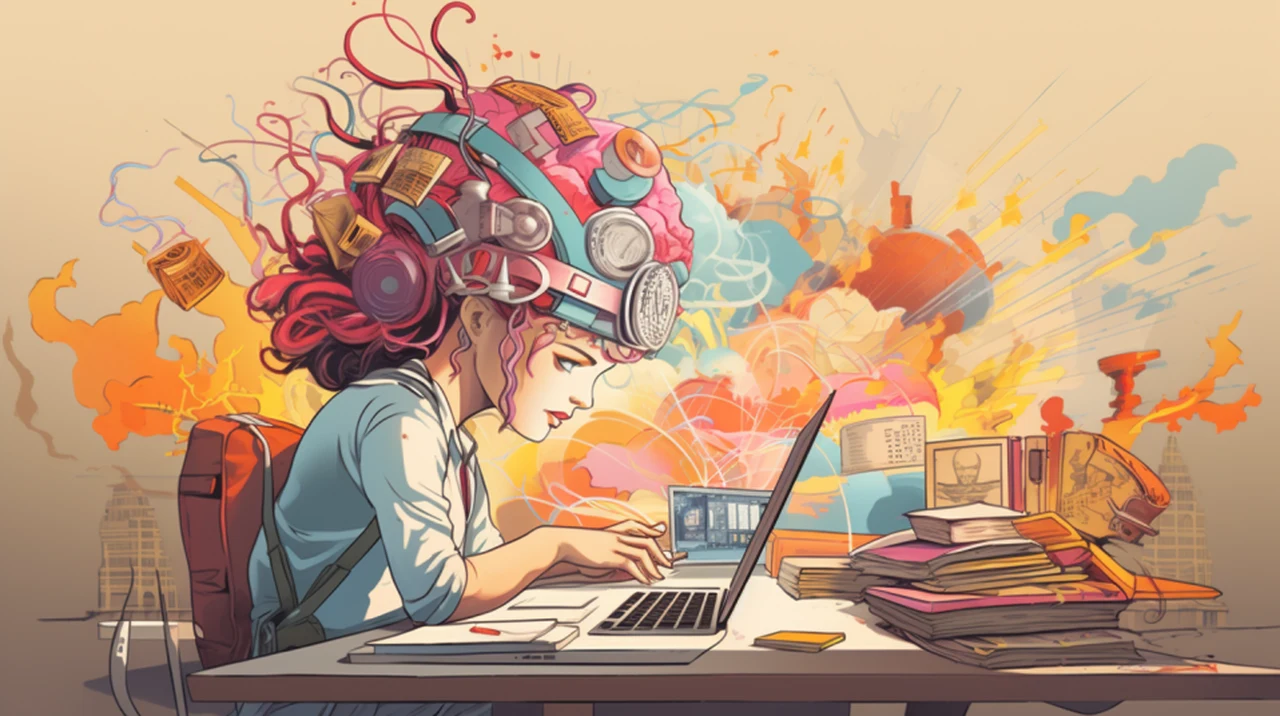
If you are interested in having the ability to give your large language model or preferred AI model a memory you might be interested in Quivr. A unique LLM data storage and query interface, designed to function as a second brain. Read this guide and watch the videos below to learn how to set up and use Quivr on a local machine.
Quivr has been specifically designed to use the power of Generative AI such as that provided by OpenAI’s ChatGPT, Anthropic AI, and other large language models to store and retrieve unstructured information. At the current time Quivr only supports a connection to ChatGPT but is looking to expand its capabilities as the project progresses to connect to other LLMs.
Quivr is an open-source software that accepts almost every type of document or media, including pictures, videos, PDFs, CSVs, and PowerPoint documents. It can be used with chat CPT and local models on a user’s computer, allowing users to upload files and ask questions about their content.
Adding memory to your AI model
One of the features that make Quivr unique is the ability to create different “brains” for different sets of documents. This allows users to separate personal and work documents or categorize documents based on projects, topics, or any other criteria. The software is production-ready and can be used to chat with documents at any time. Users can select different models, set the temperature, set the number of tokens, and even create API keys to code on top of Quivr
Other articles you may find of interest on the subject of improving your productivity :
What is a second brain and how is it used to improve productivity?
The term “second brain” in the context of activity and document handling refers to an external system for storing, organizing, and managing information, tasks, and documents that you encounter in your personal and professional life. The idea is to offload the cognitive work of remembering, sorting, and synthesizing information to this external system, thereby freeing up mental space and improving productivity and creativity.
The concept is rooted in productivity methods like Getting Things Done (GTD) by David Allen and takes advantage of modern digital tools to make the process more efficient. Tools like note-taking apps Notion, Obsidian, Devon Think 3 and others as well as task managers such as Asana, Omnifocus and even more specialized software for document handling can serve as components of one’s second brain.
However with the explosion of artificial intelligence over the last two years it has now become even easier to build your very own AI second brain. Using large language models or connections to existing GPT style chatbots you can quickly create a personal assistant and organise your documents that can be accessed using AI queries.
Here’s how a second brain might handle activities and documents:
- Capture: The first step involves capturing all relevant information, tasks, and documents as they come. This could be meeting notes, ideas, to-do items, or important documents like invoices and contracts.
- Organize: Once captured, these pieces of information are sorted into appropriate folders, tags, or databases. The system should be intuitive enough that you can find items easily.
- Review: Periodically, the stored information is reviewed to update tasks, delete or archive obsolete information, and integrate new data.
- Execute: With a well-organized second brain, you can focus on executing tasks more efficiently, knowing that all the contextual information you might need is readily available.
- Synthesize: Finally, the second brain can help in synthesizing new ideas by connecting disparate pieces of information stored within it.
- Search and Retrieve: Because the second brain is well-organized, searching for and retrieving documents or information becomes much easier than if they were scattered in various places.
The second brain essentially serves as an extension of your cognitive faculties, allowing you to manage activities and documents more efficiently than relying solely on your own memory and intuition.
Building an AI second brain with Quivr
Features of Quivr
- Universal Data Acceptance: Quivr is capable of managing a wide range of data types, including text, images, and code snippets.
- Generative AI: The platform utilizes advanced AI algorithms to aid in the creation and retrieval of information.
- Speed and Efficiency: Quivr is engineered for quick and efficient data access.
- Security: The platform offers robust security features, ensuring that you have full control over your data.
- OS Compatibility: The software is compatible with Ubuntu 22 and newer versions.
- File Compatibility: Quivr supports a variety of file types: Text, Markdown, PDF, PowerPoint, Excel (Upcoming), CSV, Word, Audio and Video.
- Open Source: Quivr is an open-source platform, making it free to use and modify.
One of the key advantages of the Quivr AI second brain is its flexibility. The project can be put on the internet and walled behind authorization, allowing users to give access to friends or colleagues to chat with documents they create. This feature is particularly useful for collaborative projects where multiple users need to interact with the same set of documents.
Quivr is a powerful tool that takes document interaction to a new level. Its unique approach of creating an ‘AI second brain’ allows users to interact with their documents in a conversational manner, making it easier to extract information and insights. Whether you are a student, a professional, or just someone who deals with a lot of documents, building and AI second brain using Quivr can be a valuable addition to your AI toolkit. For more information and to download the project to install locally jump over to the official GitHub repository
Filed Under: Guides, Top News
Latest timeswonderful Deals
Disclosure: Some of our articles include affiliate links. If you buy something through one of these links, timeswonderful may earn an affiliate commission. Learn about our Disclosure Policy.

